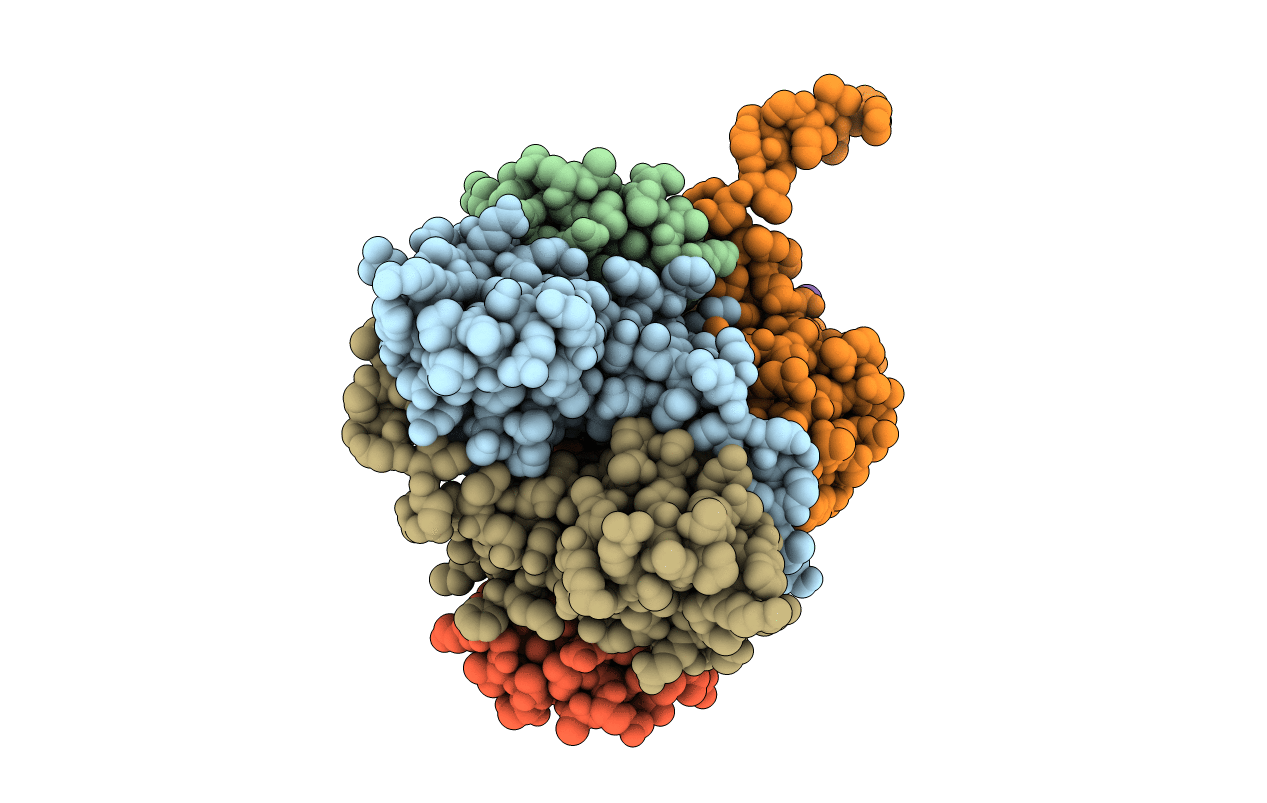
Deposition Date
2013-08-21
Release Date
2013-12-11
Last Version Date
2023-09-20
Method Details:
Experimental Method:
Resolution:
2.10 Å
R-Value Free:
0.21
R-Value Work:
0.17
R-Value Observed:
0.17
Space Group:
P 62


